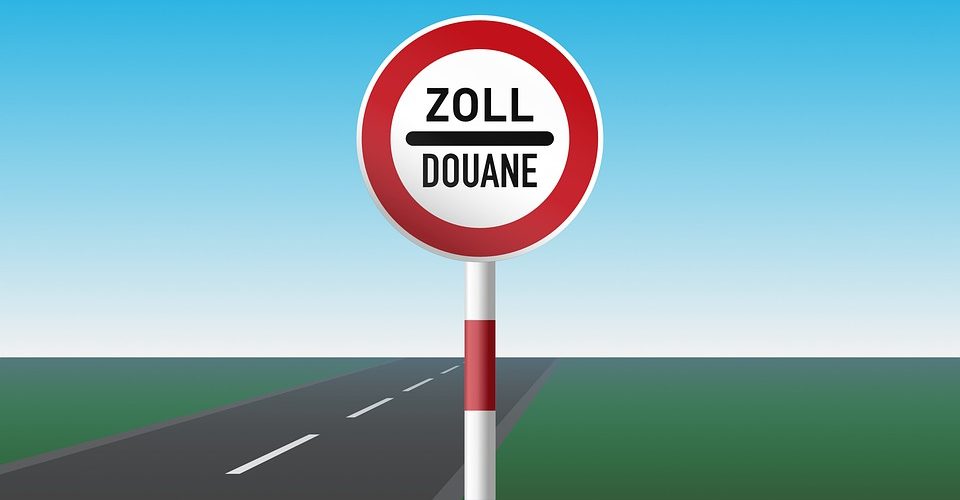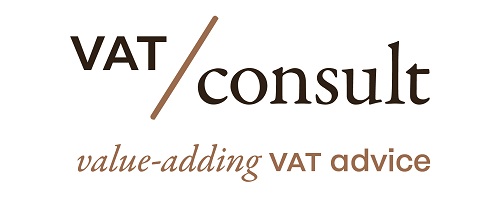On Feb 9, 2023, the ECJ issued its decision in the Customs case C-788/21 (Global Gravity).
Context: Reference for a preliminary ruling – Customs union – Common Customs Tariff – Classification of goods – Combined Nomenclature – Subheadings 7616 99 90 and 8609 00 90 – Tubular Transport Running System (TubeLock) – Meaning of ‘container’
Facts
- On 28 February 2014, GG applied to Skattestyrelsen (the Danish Tax Administration) for a binding tariff information decision in respect of the product known as a ‘Tubular Transport Running System (TTRS)’ or ‘TubeLock®’ (‘TubeLock’).
- That product, developed by GG, the defendant in the main proceedings, is described as a safe method for transporting pipes from pipe manufacturers to oil and gas drilling rigs by various modes of transport (by road, train and/or boat) without there being any need to repack them in transit.
- TubeLock consists of a number of aluminium lifting profiles, two steel lifting poles (left and right) per lifting profile and two steel M20 bolts per lifting profile to secure them. The lifting profiles come in the shape of an aluminium beam with a number of cradle-like holes suitable for a specific diameter of pipe. Once the pipes have been placed in the holes, a lifting profile is placed on top of the pipes, after which a new layer of pipes can be laid. The two lifting poles are each equipped with an eyelet through which a sling is inserted when the transport system is to be moved away from the means of transport. The system has a robust design which allows repeated use. The system is imported with all its parts together, but at the time when it is imported, it is not assembled. When the system is not in use (that is to say, when pipes are not loaded in it), it can be disassembled and stored in a transport box, thereby taking up little space.
- By decision of 15 August 2014, the Danish Tax Administration held that TubeLock should be classified as an article of aluminium under CN subheading 7616 99 90 (Taric commodity code 7616 99 90 99), for which the customs duty was 6%.
- GG brought an action against that decision before Landsskatteretten (the National Tax Tribunal, Denmark), which held, on 2 December 2019, that TubeLock should be classified under CN subheading 8609 00 90 (Taric commodity code 8609 00 90 00) as a container, which was not subject to customs duty.
- By application of 28 February 2020, the Department of the Danish Ministry of Taxation appealed against that decision before the referring court, Retten i Esbjerg (the Court of Esbjerg), claiming that TubeLock should be classified under CN subheading 7616 99 90.
- The referring court notes that, according to the Ministry of Taxation, the product concerned cannot be classified under CN subheading 8609 00 90 because, first, it is not a container. Indeed, it does not have a base and sides made of solid material, does not have a specific volume and cannot therefore contain goods. That conclusion is confirmed by the explanatory notes to CN heading 8609.
- Second, according to that ministry, TubeLock is not specially designed or equipped for carriage by one or more modes of transport, whereas, in order to come under CN subheading 8609 00 90, a goods container must have fittings installed to facilitate handling and securing on a transporting vehicle, as is apparent from the explanatory notes. Yet the eyelets of the lifting poles are not used for attachment to a means of transport. Moreover, that characteristic is not disputed by GG.
- Third, according to that ministry, TubeLock is covered by Taric subheading 7616 99 90 99 as an ‘article of aluminium’. Indeed, it is a composite product consisting of different materials. In addition, in accordance with Rule 3(b) of the General Rules for the interpretation of the CN, such products – where they cannot be classified by reference to Rule 3(a) – must be classified as if they consisted of the material which gives them their essential character. TubeLock’s lifting profiles constitute the essential element of that transport system and are made from aluminium.
- GG contests that classification. In its view, the items that may be regarded as containers in the HS Explanatory Notes are listed only by way of example. In addition, a goods container does not have to be equipped with fittings for attachment to a means of transport in order for it to be classified as a ‘container’ under CN heading 8609. Furthermore, an article cannot be classified under CN heading 7616 if the article description for the ‘articles of aluminium’ is more precise elsewhere in the CN. In the present case, CN subheading 8609 00 90 is more precise.
- The referring court has doubts as to the interpretation of the concept of ‘container’ and the scope of CN heading 8609.
Questions
(1) What criteria must be applied in order to determine whether an article constitutes a container under [CN] subheading [8609 00 90] …, as set out in Annex 1 to [Implementing Regulation No 1001/2013?] [In that regard:]
(a) [can] these criteria, each viewed in isolation, … lead to the classification of an article as a container;
(b) [should] an overall assessment of [the] criteria … be made in order to determine whether an article should be classified as a container, so that the fulfilment of several criteria – but not all criteria – results in the article being classified as a container;
or
(c) [must] all the criteria … be met cumulatively before an article can be classified as a container?
(2) Should the term ‘container’ under [CN] subheading [8609 00 90] … as set out in [Implementing Regulation No 1001/2013], be interpreted as covering an article which is a system for transporting pipes, consisting of a number of aluminium lifting profiles, two steel lifting poles per lifting profile and two M20 bolts per lifting profile used to secure the lifting profiles[, which is used as follows: t]he pipes are placed on top of the lifting profiles[; a] new set of lifting profiles [is] added and then pipes are placed on top of those lifting profiles, and so on until the desired quantity of pipes is packed[; a] set of lifting profiles [is] always used to finish the system[and o]nce the pipes are finished being packed in the lifting profiles, steel [slings] are attached to the lifting poles through each of the four corners (via eyelets on the lifting poles) and the article is ready to be loaded either by crane or by forklift truck if transport is by land?’
AG Opinion
None
Decision
Subheading 8609 00 90 of the Combined Nomenclature, set out in Annex I to Council Regulation (EEC) No 2658/87 of 23 July 1987 on the tariff and statistical nomenclature and on the Common Customs Tariff, in the version resulting from Commission Implementing Regulation (EU) No 1001/2013 of 4 October 2013,
must be interpreted as not covering a device for transporting pipes that consists of a number of aluminium lifting profiles between two of which the pipes to be transported are placed perpendicularly, those two lifting profiles being linked together by two steel lifting poles that are equipped with eyelets, and on top of which additional pipes may then be placed in the same way until the load comprises the number of pipes to be transported, the load then being completed by the attachment of steel slings to the lifting poles at the four corners of the load (by passing them through the said eyelets) in order to facilitate handling of the load, which is a matter for the referring court to verify.
Source
Newsletters
Join the Linkedin Group on ECJ VAT Cases, click HERE
For an overview of ECJ cases per article of the EU VAT Directive, click HERE















